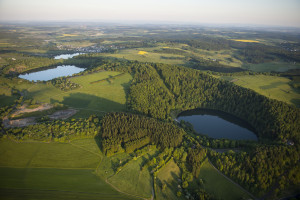
The Daun maars
The Vulkaneifel region is unique in the world for the density of the volcano type “Maar”. In the Vulkaneifel there …
Weiterlesen …
Weiterlesen …

The Scheibenberg near Annaberg
Martin Meschede, Universität Greifswald Near the city of Annaberg in the southwestern Ore Mountains in southeastern Germany there is the …
Weiterlesen …
Weiterlesen …

The Bromacker
The Bromacker is a fossil site for early Permian vertebrates, which are preserved here three-dimensionally and often completely. The ecosystem …
Weiterlesen …
Weiterlesen …
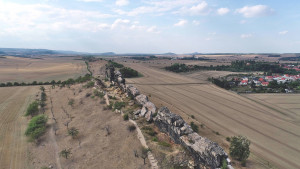
The Devil’s Wall at Königstein
[north of the Harz mountains near Weddersleben; 51°45’26.5″N 11°05’03.2″E] In the northern Harz foreland between Ballenstedt in the east and …
Weiterlesen …
Weiterlesen …
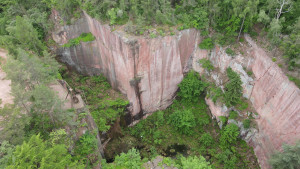
The Gleisberg quarry
GEOLOGICAL DESCRIPTION If you head to the east from Leipzig, you will encounter one of the largest areas of volcanic …
Weiterlesen …
Weiterlesen …

The “Lange Wand” (long wall)
by Dipl.-Geol. Helmut Garleb, Dr. Klaus George with kind permission by Regionalverband Harz The “Lange Wand” is like a window …
Weiterlesen …
Weiterlesen …
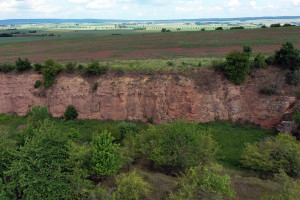
The Heeseberg
by Heinz-Gerd Röhling, Henning Zellmer, Martin Meschede (TK/GK 25 Bl. 3931 Jerxheim, R 44 22844.219, H 57 72766.482 (N 52.083330 …
Weiterlesen …
Weiterlesen …
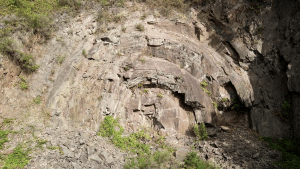
The Andesite Rose near Freisen
Near the village of Freisen in the far northeast of Saarland, a spherical rock structure of volcanic origin can be …
Weiterlesen …
Weiterlesen …
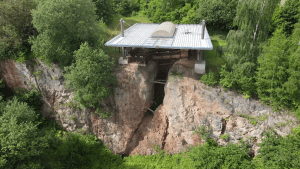
The Korbach fissure
Along with the UNESCO World Heritage site “Grube Messel” near Darmstadt, the fossil site “Korbacher Spalte” (Korbach fissure) is the …
Weiterlesen …
Weiterlesen …
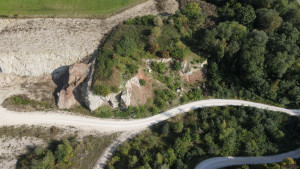
The Nördlinger Ries impact crater
About 15 million years ago, an asteroid more than a kilometer in size collided with the Earth and struck what …
Weiterlesen …
Weiterlesen …
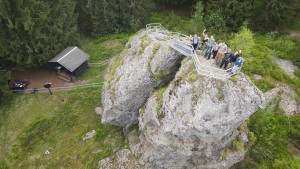
The “Schneckenstein”
The Schneckenstein is a well-known topaz rich outcrop located in the identically named district of the town of Muldenhammer in …
Weiterlesen …
Weiterlesen …
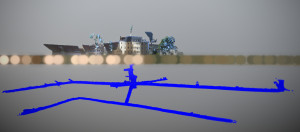
The “Familienschacht”
Beneath the town of Freiberg in Saxony exists a large underground mining system dating back to the 18th century. During …
Weiterlesen …
Weiterlesen …
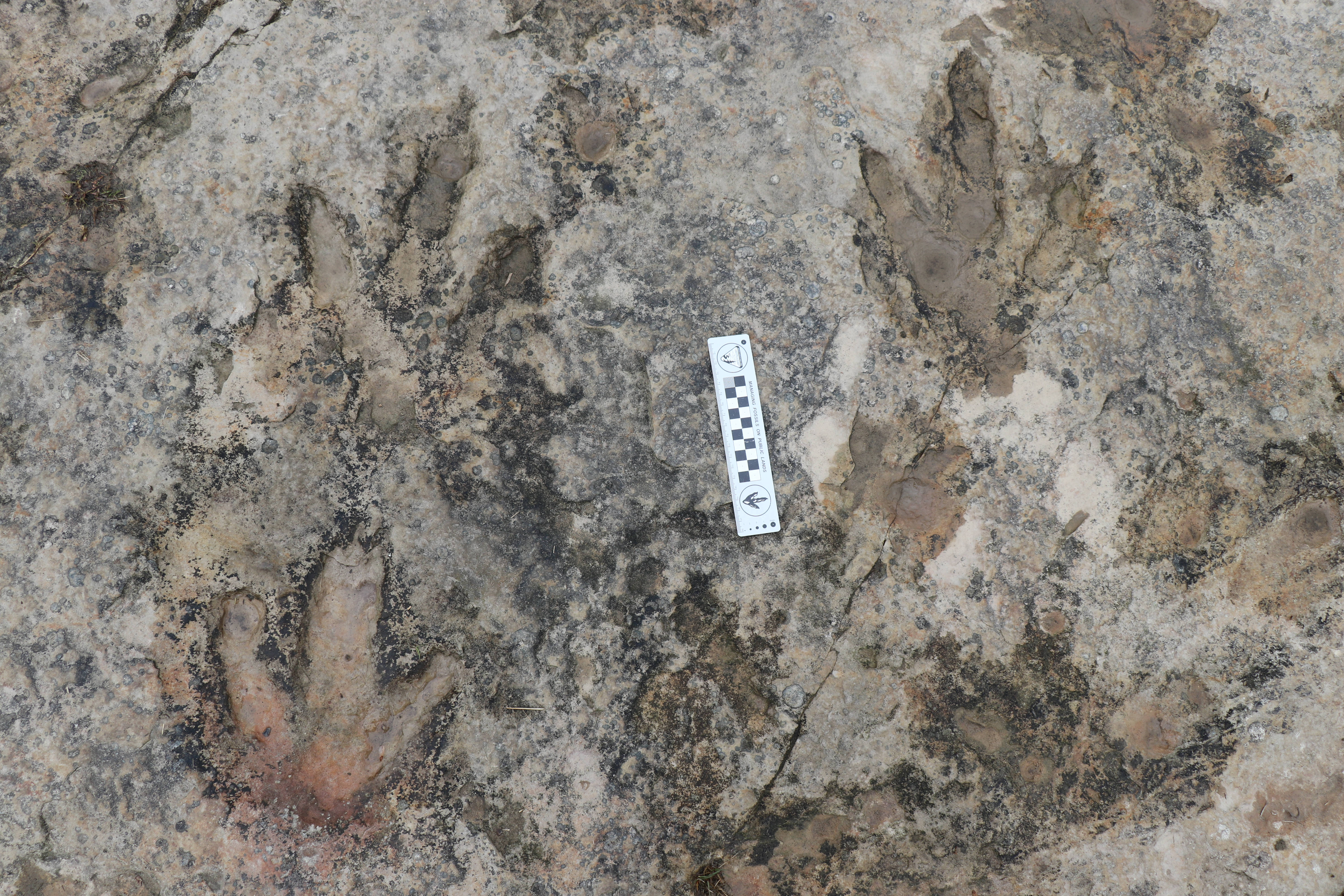
Dinosaur tracks in the Obernkirchen Sandstone (Lower Saxony)
Some of the layers of the Obernkirchen Sandstone show countless footprints of different dinosaurs. Some 140 Ma ago, carnivorous and …
Weiterlesen …
Weiterlesen …
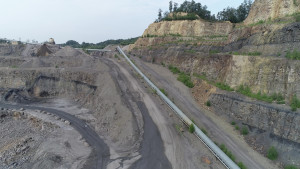
The Piesberg
As a result of intensive mining since the Middle Ages, the Piesberg in the highland of Osnabrück between the Wiehen …
Weiterlesen …
Weiterlesen …
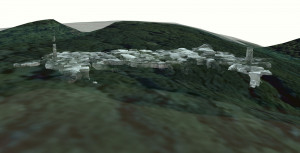
The Ofenkaulen
The mountain Ofenkaulberg in North Rhine-Westphalia is made up of trachyte tuff. The rock formed as a result of volcanic …
Weiterlesen …
Weiterlesen …
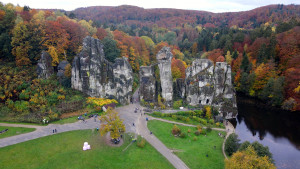
The Externsteine
The Externsteine are a group of spectacular sandstone rocks located within the Teutoburg Forest. The rocks were formed from sediment …
Weiterlesen …
Weiterlesen …
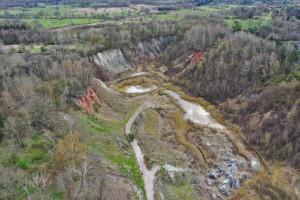
The Lieth open pit
The Lieth open pit in Schleswig-Holstein offers the opportunity to examine the interior of a salt dome. The dome consists …
Weiterlesen …
Weiterlesen …
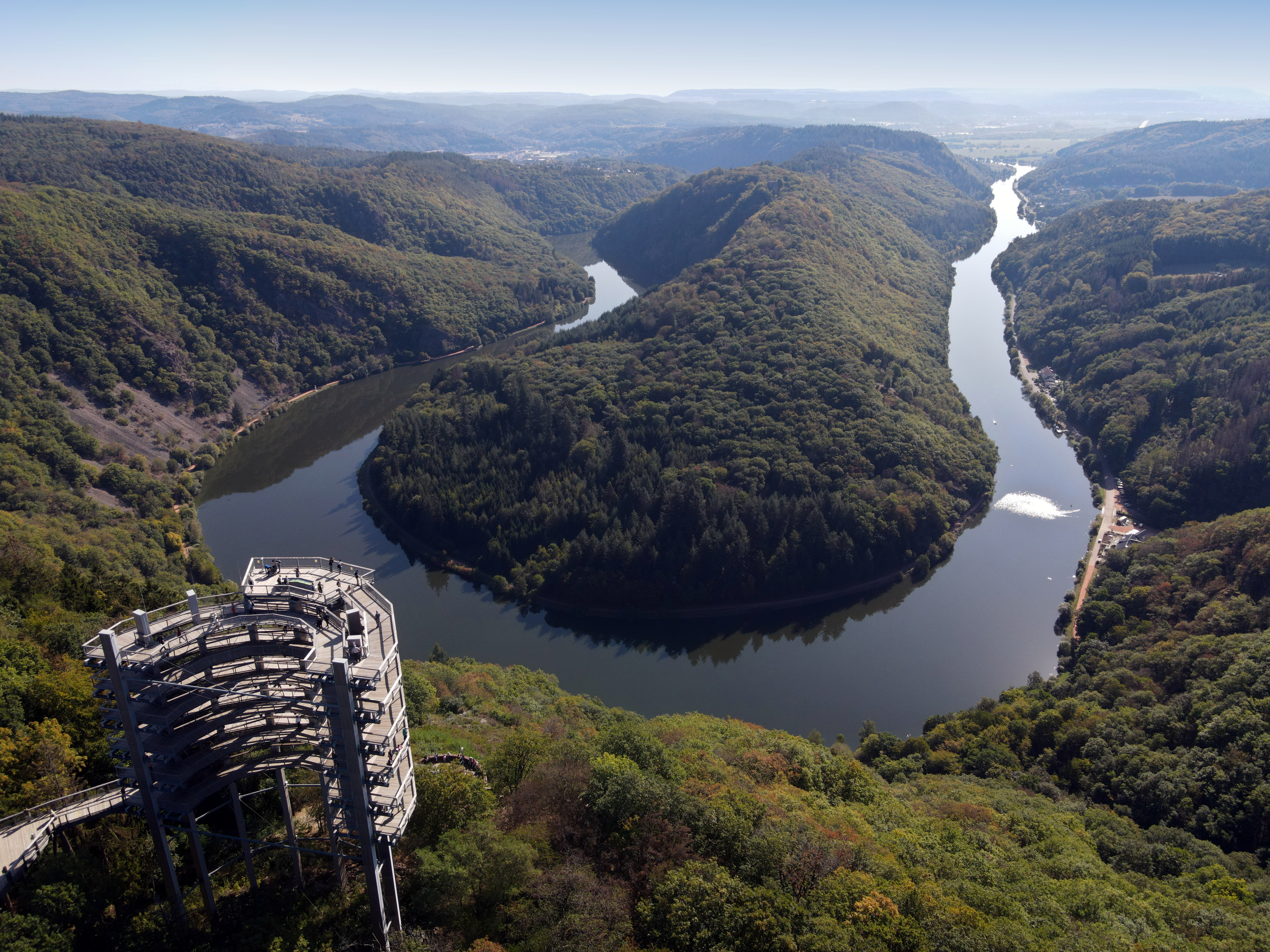
The Saarschleife near Mettlach (Saarland)
The Saarschleife near Mettlach represents a large river bend. The beautiful landscape can be best seen from the viewpoint “Cloef” …
Weiterlesen …
Weiterlesen …
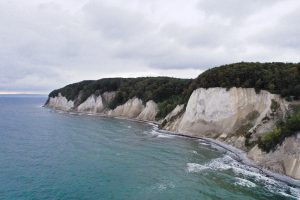
Rügen Island, chalk coast (Mecklenburg-Western Pomerania)
The famous white chalk coast on the Island of Rügen consists of limestone marls from the Cretaceous period. They were …
Weiterlesen …
Weiterlesen …
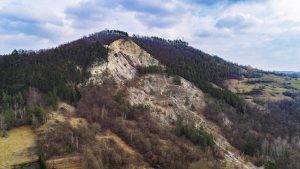
The Dohlenstein
The Dohlenstein is a huge landslide in the Saale valley, which is active since at least 1740. The largest landslides …
Weiterlesen …
Weiterlesen …
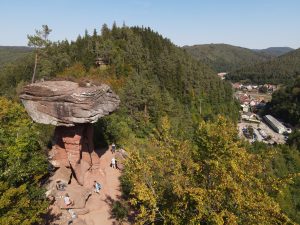
Devil’s Table (Rhineland-Palatinate)
The Devil’s Table is made of sandstone. The devil is said to have set up the table, but of course …
Weiterlesen …
Weiterlesen …

